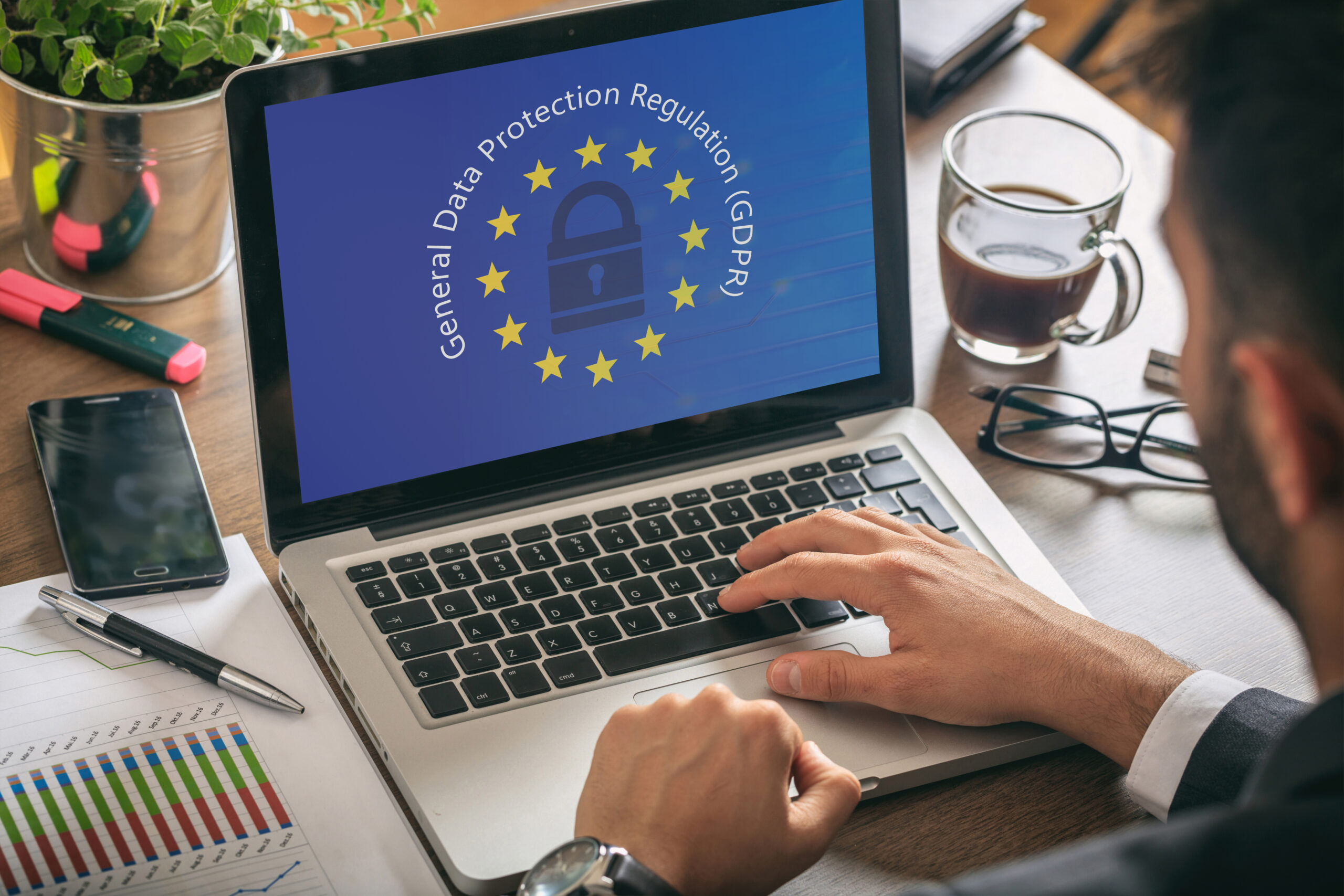Synthetic data generation: how can it help companies comply with GDPR
ALIA SANTé

Data anonymization is an increasingly important topic in the digital world, particularly when it comes to protecting individuals’ personal data. With the implementation of the General Data Protection Regulation (GDPR), data anonymization has become common practice for companies looking to comply with privacy standards.
Reading time: 3 minutes
What is data anonymization?
Data anonymization is the process of modifying data so that it can no longer be associated with a specific person or company.
Methods may vary depending on the type of data to be anonymized. However, common methods of data anonymization include:
– Replacing names, addresses, dates of birth and other personal information with unique identifiers.
– Removal of location information such as IP addresses or geolocation information.
– Aggregation of data to prevent disclosure of individual information.
Why is it important to anonymize data?
Data anonymization is important for several reasons, including:
– Complying with privacy standards : With the implementation of the RGPD, companies must protect individuals’ personal data in compliance with privacy standards.
– Protect individuals’ privacy : By ensuring that personal information cannot be used to identify them.
– Avoid data breaches : By helping to avoid data breaches and ensuring that personal information is not stored in an easily accessible format.
How does data anonymization relate to the RGPD?
Data anonymization is a key element of the RGPD. Companies that process personal data must anonymize data whenever possible, in order to reduce the risk of data breaches and protect individuals’ privacy.
The RGPD also requires companies to provide individuals with clear and transparent information about how their data is used and stored. This includes how data is anonymized and what type of information is stored non-anonymously.
Why can synthetic data generation be the solution?
Synthetic data is artificial data generated by artificial intelligence that mimics the characteristics of real data, without containing individuals’ personal information. This means that companies can use synthetic data to replace real data, while complying with GDPR privacy standards.
How can synthetic data generation help mitigate RGPD ?
1. Protecting individual privacy
By using synthetic data, companies can guarantee that no personal information is stored in their database. This is because virtual data does not belong to anyone. This protects individual privacy and reduces the risk of data breaches.
2. Guaranteeing data quality
Synthetic data generation enables companies to have data of sufficient quality for analyses or applications, while complying with the restrictions of the RGPD. Synthetic data is generally generated in such a way as to reproduce the characteristics of real data, meaning it can deliver accurate and reliable results.
3. Cost savings
Collecting and storing real data can be costly. By using synthetic data, companies can reduce the costs associated with collecting and storing real data.
4. Facilitate inter-company collaboration
In some cases, several companies may need to share data for analyses or applications. However, the disclosure of personal data may be restricted by the GDPR. By using synthetic data, companies can share data without disclosing individuals’ personal information.
In conclusion, synthetic data generation is an effective method of mitigating the RGPD. Companies can use synthetic data to replace real data, while guaranteeing individual privacy and complying with confidentiality standards. This enables companies to have data of sufficient quality for analyses or applications, while reducing the costs associated with collecting and storing real data.
Data is thus available in large quantities, easy to access, while removing the compliance barriers imposed by the RGPD, respecting the principle of “privacy by design“.

